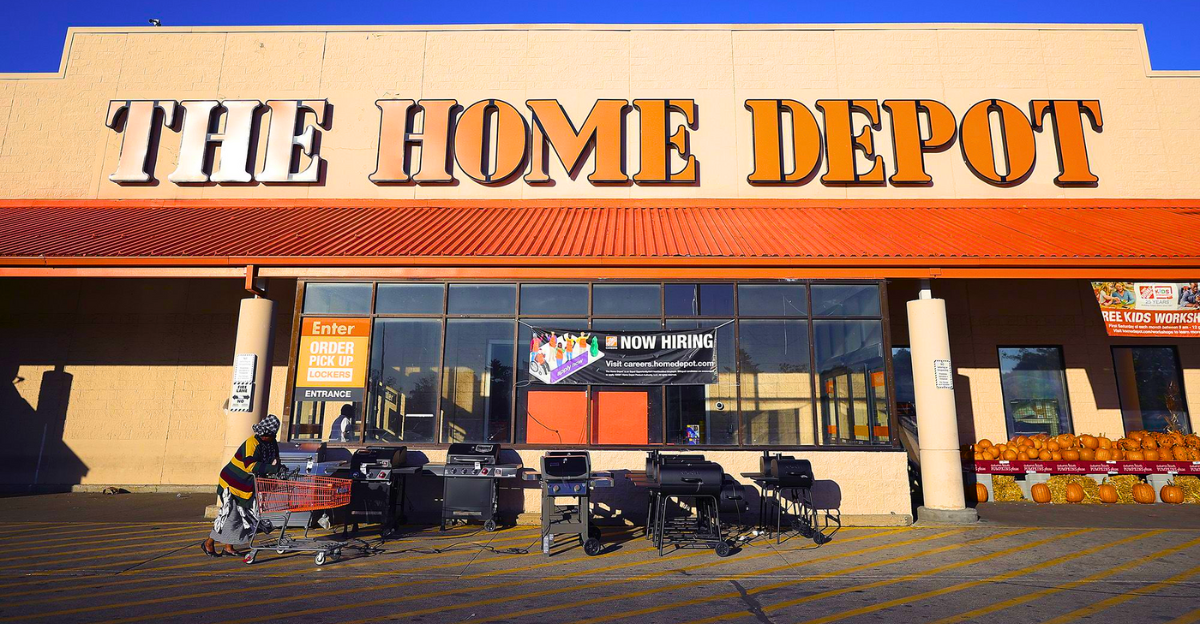
Home Depot announced impressive sales results for the second quarter of 2025, reaching $45.3 billion—a 4.9% increase compared to the same period last year. The company surpassed Wall Street expectations even as it dealt with rising tariff costs on imported goods.
CEO Ted Decker noted a sustained consumer interest in smaller home improvement projects, as opposed to larger renovation undertakings.
Tariff Storm
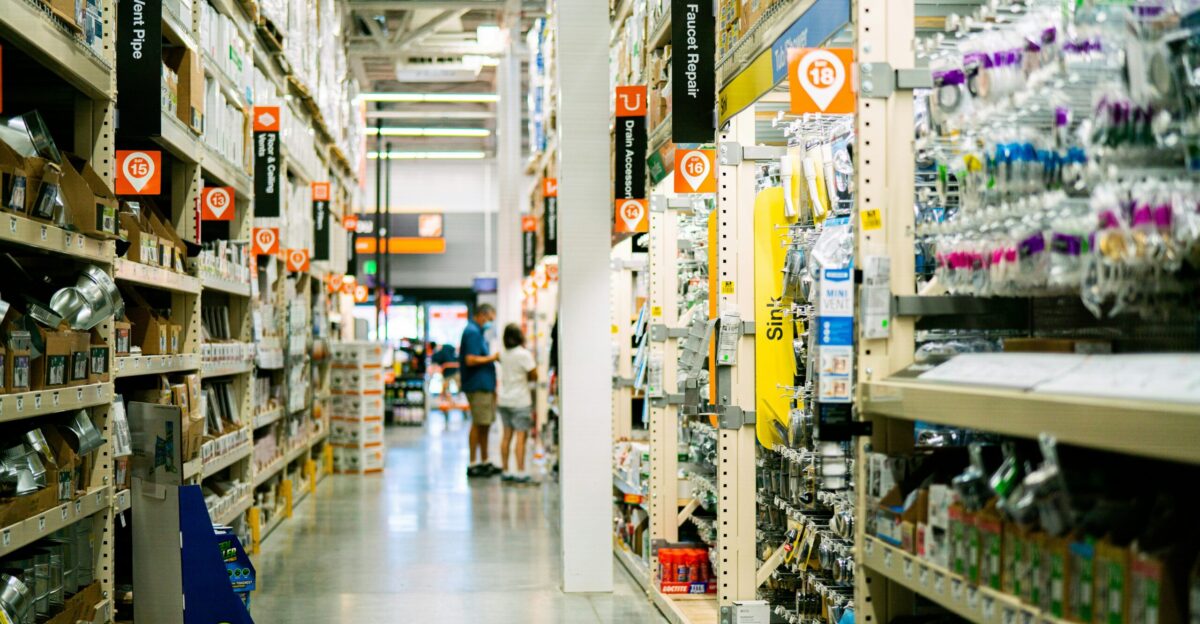
In 2025, trade tensions led to construction material tariffs soaring to 27.7% by June. Research from Oxford Economics indicates that these tariffs, affecting materials like steel and lumber, have significantly raised building costs.
The National Association of Home Builders estimates that they now add approximately $10,900 to the price of new home construction.
Supply Strategy
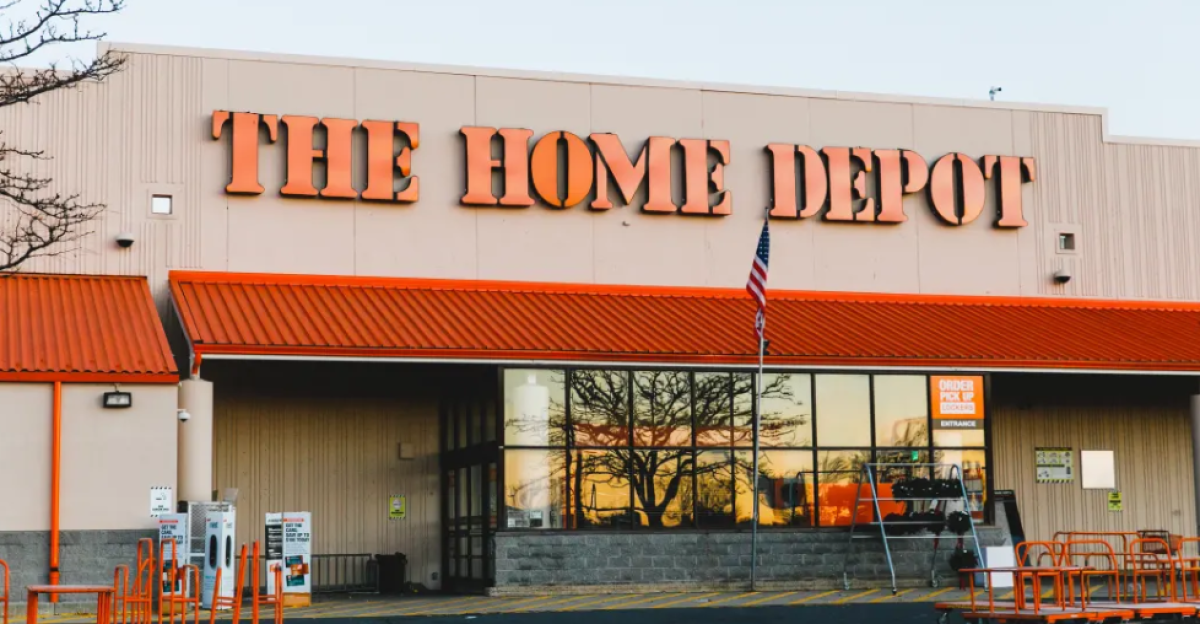
Home Depot has strengthened its resilience to trade disruptions by shifting over half of its products to U.S.-based suppliers, thereby reducing its reliance on imports.
This strategy was adopted well before current tariff challenges, giving Home Depot a competitive edge.
Market Pressure
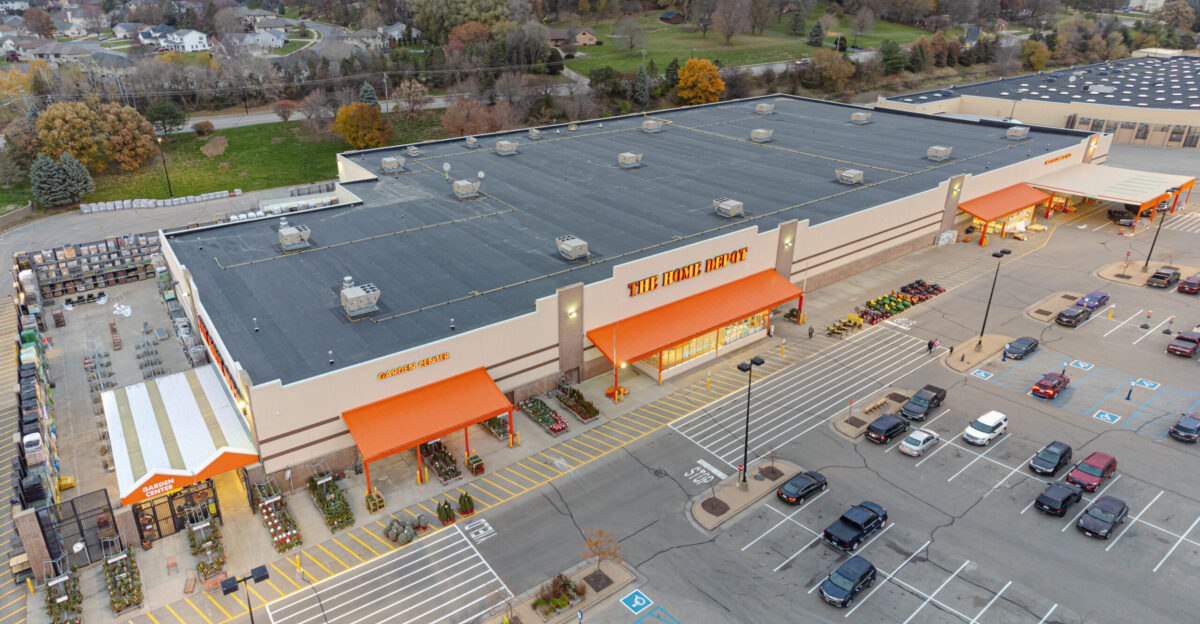
In May 2025, Home Depot took a unique approach amidst rising tariff pressures by announcing its intention to “generally maintain our current pricing levels across our portfolio,” according to CFO Richard McPhail.
This commitment to stable pricing set the company apart from competitors like Walmart, which warned customers about upcoming price hikes.
A New Strategy
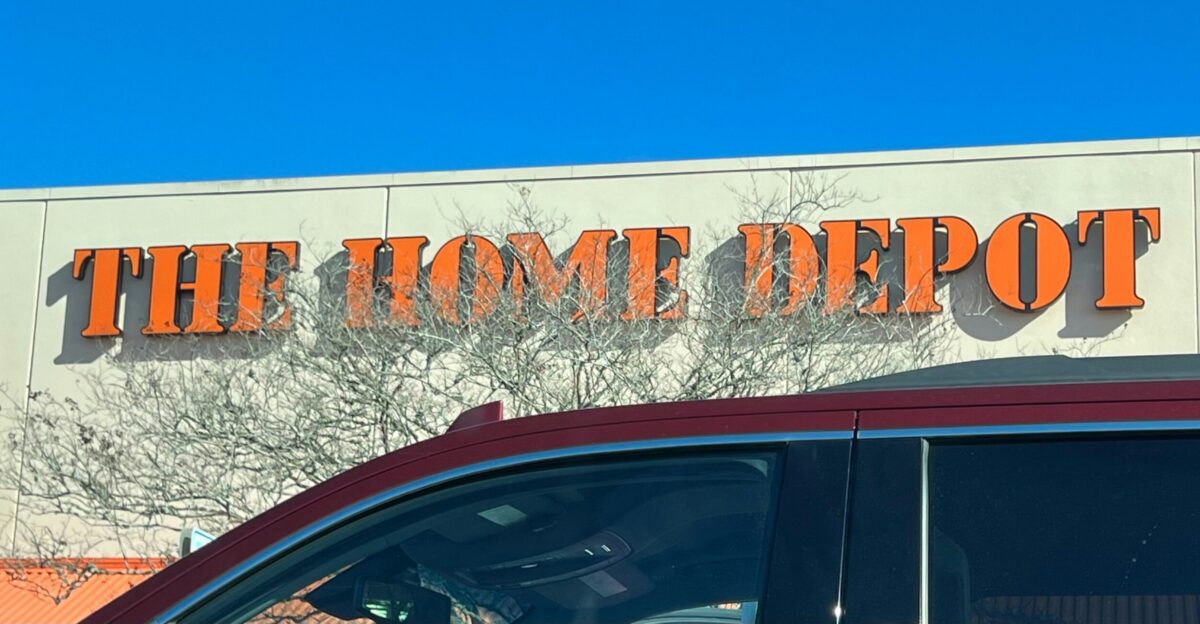
Home Depot’s strategy to combat tariffs involves three main tactics: sourcing primarily from domestic suppliers, limiting foreign sourcing to 10% from any single country, and conducting detailed product cost analyses.
By mid-2025, the company aims to distribute its tariff risk across over 20 nations, reducing reliance on any single source.
Margin Protection

Home Depot’s diversification strategy enables it to maintain gross profit margins of around 33.4% in Q2 2025, outperforming Walmart’s 24.5%.
With 80% of its lumber sourced from North America, Home Depot is insulated from the upcoming 34.5% tariffs on Canadian imports, giving it an edge over competitors facing more significant impacts.
Customer Loyalty

Home Depot shoppers showed resilience during economic uncertainty, with average purchases rising to $90.01 in Q2 2025.
Analysts noted that the core homeowner customers, making up 90% of DIY sales, demonstrated stronger financial stability than the wider consumer market facing inflation.
Competitor Moves
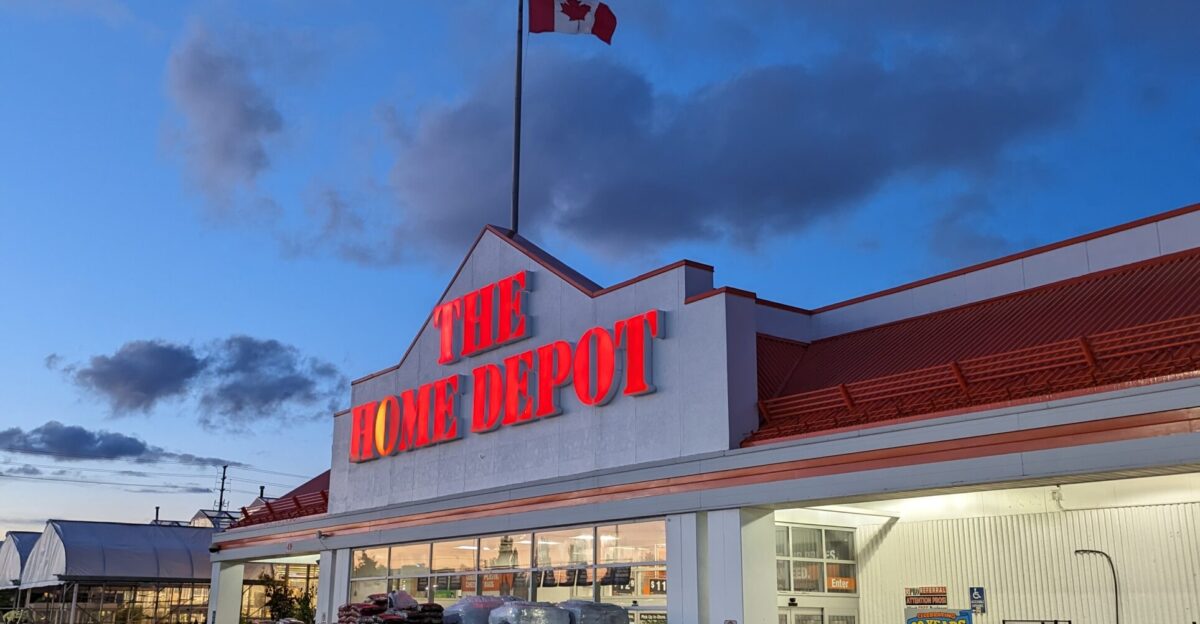
According to CEO Marvin Ellison, Lowe’s aims to remain “price competitive,” according to a May 2025 Reuters report.
Meanwhile, Walmart’s tariff-driven price hikes have drawn criticism from President Trump, who advised the retailer to absorb the extra costs instead of raising prices for consumers.
Professional Focus
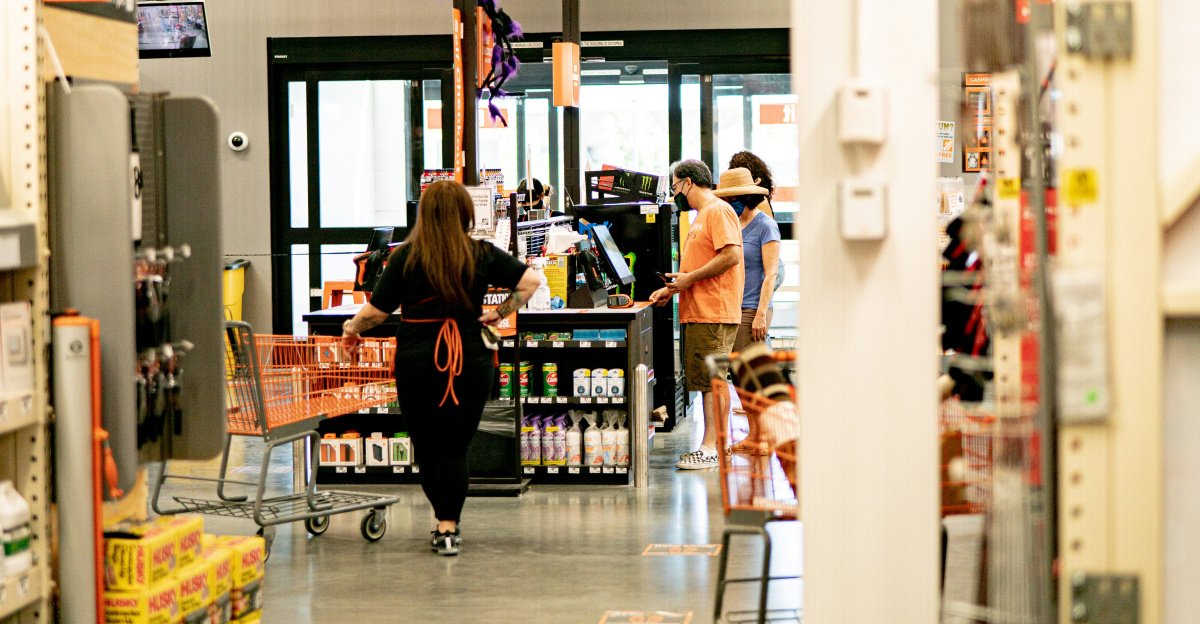
Home Depot’s $18.25 billion acquisition of SRS Distribution in 2024 bolstered its appeal to professional contractors, who account for half its revenue.
SEC filings reveal that this segment grew faster than DIY sales in Q1 2025, providing essential revenue diversification amid a sluggish housing market.
Expansion News

In June 2025, Home Depot revealed its plan to acquire GMS through SRS in a substantial deal valued at $4.3 billion. According to financial reports, this acquisition will establish a robust network comprising over 1,200 locations and 8,000 delivery trucks.
As a result, Home Depot is set to become the leading specialty trade distributor across various construction sectors.
Reality Check

By August 2025, Home Depot’s no-price-increase commitment faced harsh economic reality as tariff rates continued climbing.
Executive vice president William Bastek acknowledged that “obviously, tariff rates are significantly higher today than they were when we spoke in May,” according to CFO Dive coverage of the earnings call.
Policy Shift

Bastek told investors that customers would see “some modest price movement in some categories, but it won’t be broad-based,” marking a strategic evolution from May’s zero-increase promise.
The company emphasized these adjustments would be targeted rather than across-the-board increases, maintaining their competitive pricing advantage where possible.
Cost Mitigation

Home Depot doubled down on supplier negotiations and operational improvements to offset tariff impacts without broad price hikes.
Company statements reveal their massive scale enabled better terms with vendors, while advanced analytics helped identify which products to discontinue rather than price higher for consumers.
Stock Performance

Wall Street remained divided on Home Depot’s tariff approach, with shares underperforming the S&P 500 by 5.8 percentage points through August 2025.
Market data shows the stock trading at 18x forward earnings versus Lowe’s 22x multiple, suggesting investors questioned the long-term sustainability of absorbing tariff costs.
Future Test
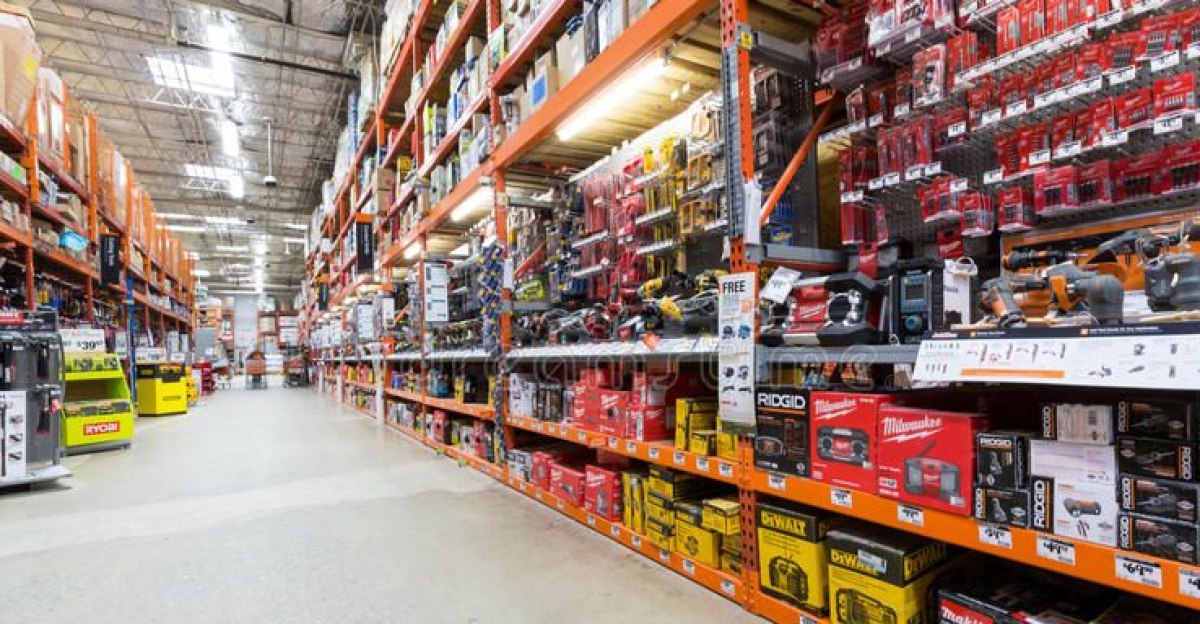
Home Depot’s anti-tariff strategy faces its ultimate challenge as trade tensions could push tariffs to 36% if disputes escalate further.
The company’s ability to maintain market share while protecting profit margins depends on continued supplier cooperation and customer loyalty in an increasingly uncertain trade environment.
Policy Debate
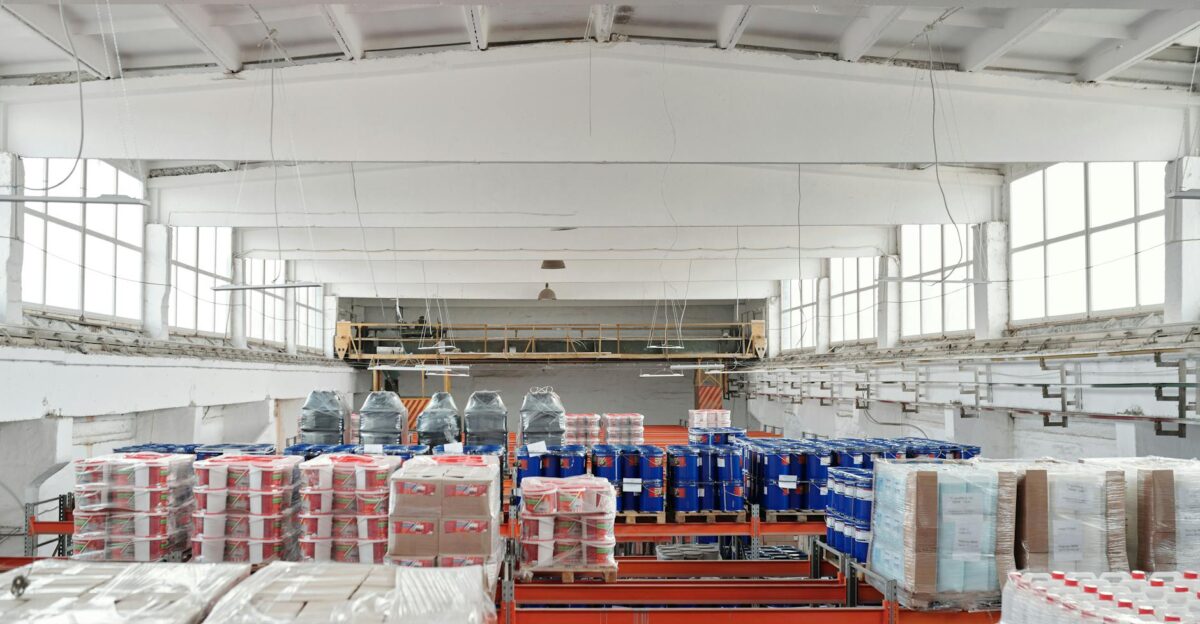
Home Depot’s approach became a case study for the Trump administration’s claim that companies can absorb trade war costs without hurting consumers.
Research from the Peterson Institute calculates that the retail sector faces $143.5 billion in annual tariff costs, which, if fully absorbed, would hit industry margins by 2.5 percentage points.
Trade Partners

Canada and Mexico, facing 35% and 25% tariff rates, respectively, on certain goods, represent critical supply sources for Home Depot’s construction materials.
Trade data shows the retailer’s North American sourcing strategy provides advantages as USMCA trade rules offer exemptions for qualifying products, giving it an edge over competitors.
Construction Impact
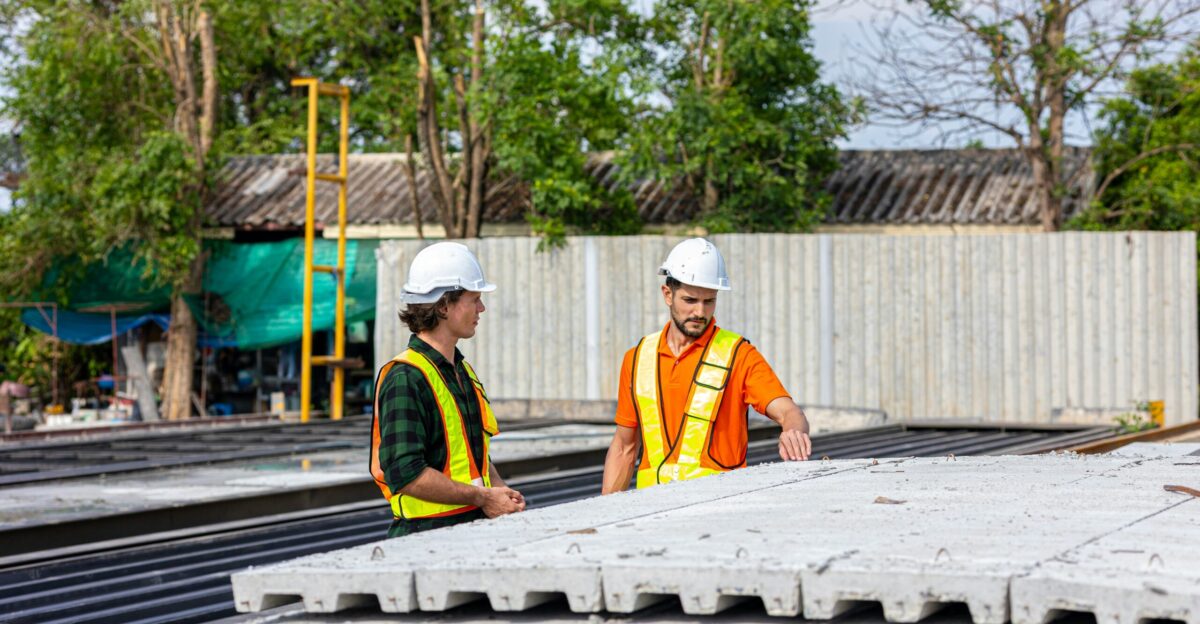
Housing industry groups warn that current tariffs increase construction costs by $10,900 per new home, directly affecting Home Depot’s contractor customers.
The National Association of Home Builders reports that these higher material costs force builders to delay projects, potentially reducing demand for the retailer’s professional segment in the future.
Consumer Trends
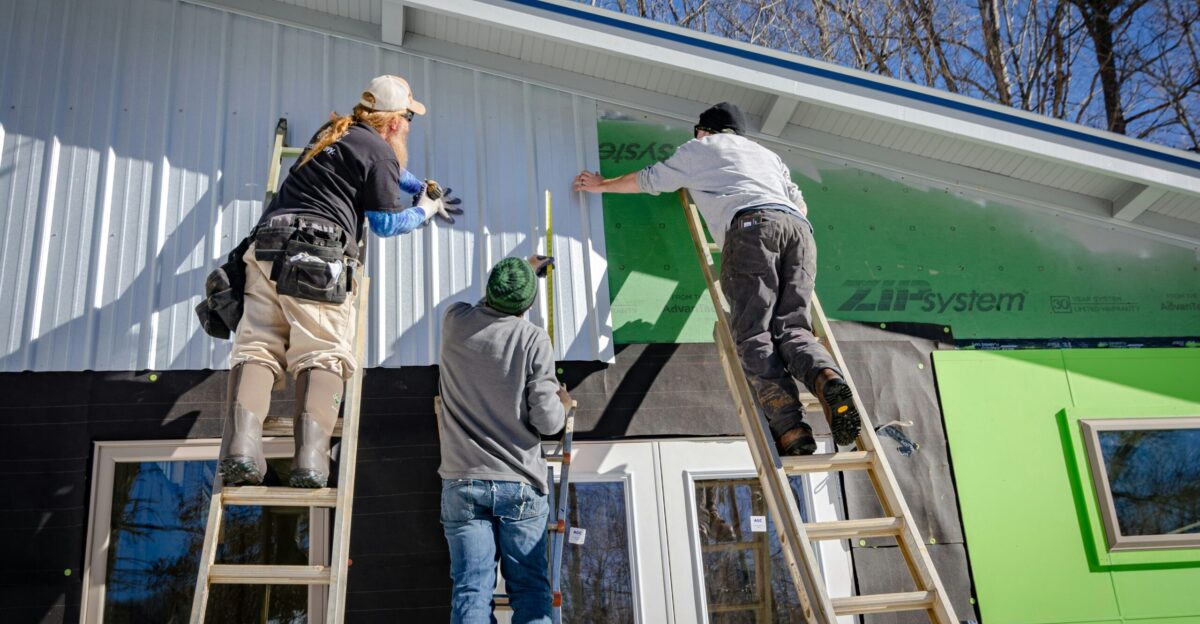
Home Depot’s customer base showed shifting project preferences, favoring smaller renovations over major remodels amid economic uncertainty.
Company earnings data reveal that spring 2025 sales surged in painting supplies and lawn care, reflecting what CEO Ted Decker called customer deferral of larger projects due to “general economic uncertainty.”
Market Evolution

Home Depot’s anti-tariff strategy represents more than tactical maneuvering—it signals a fundamental industry shift toward supply chain resilience over pure cost optimization.
Whether this approach proves transformational or merely defensive will depend on how long tariff pressures persist and competitors’ ability to match the retailer’s diversification investments and scale advantages.